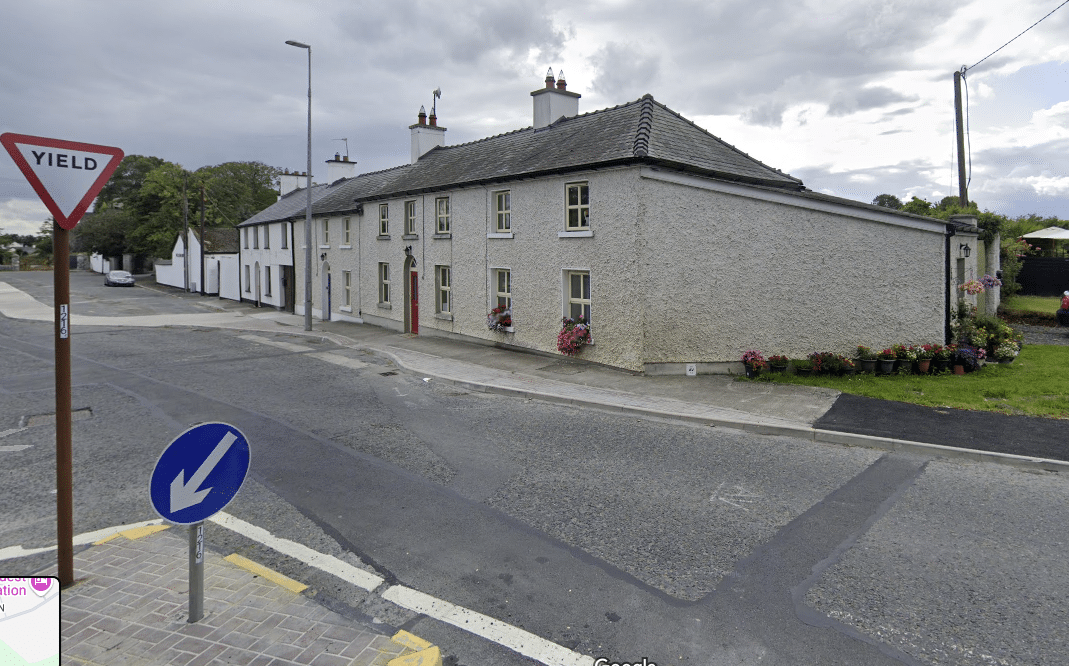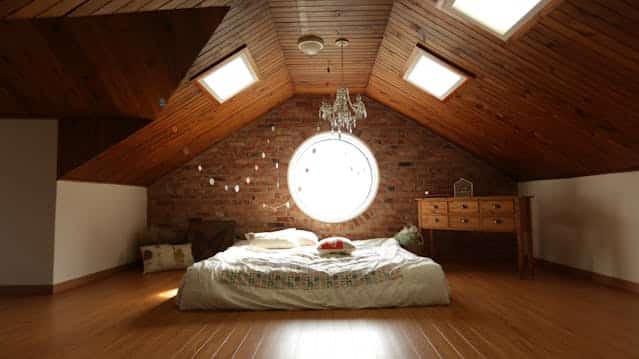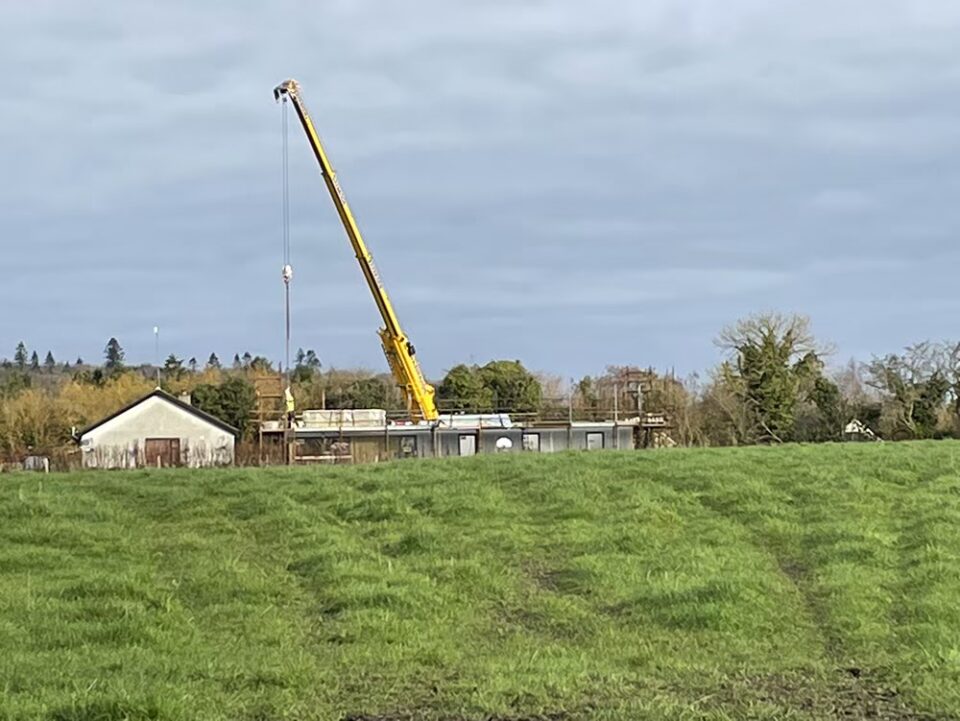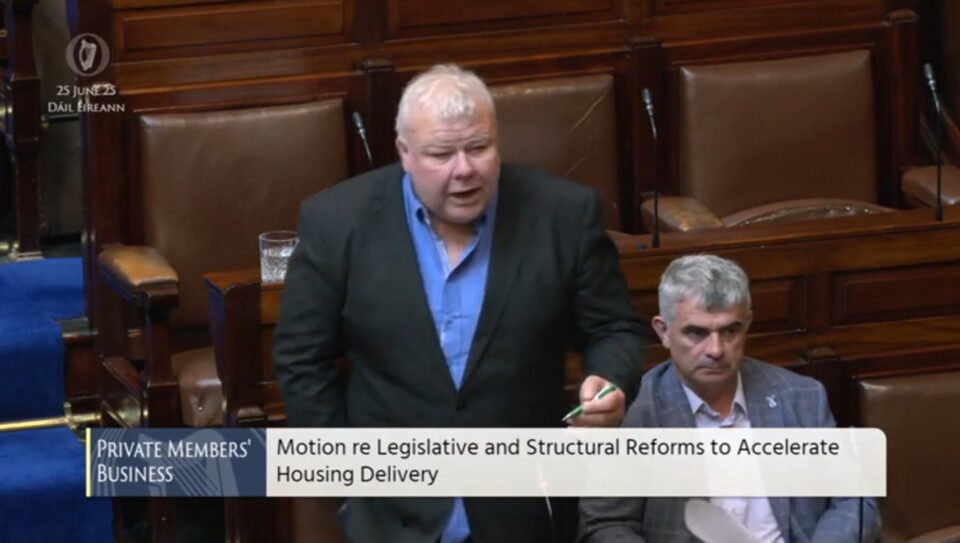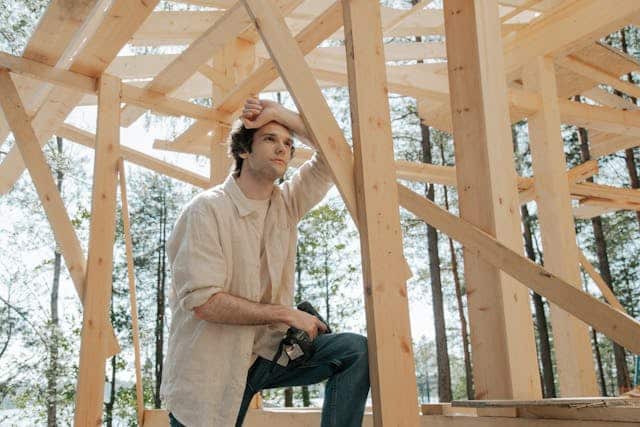In this article we cover:
- What the development consisted of
- Why planning was approved
- Why the decision was overruled by the appeals board
Laois County Council’s approval for a house in the backyard of a Mountmellick listed building has been overturned by An Bord Pleanála on the grounds that it amounted to ‘haphazard development’.
In overturning the planning permission, An Bord Pleanála stated that the proposed development would result in “haphazard backland development”, out of character with the area, and contrary to the sustainable development objectives for the locality.
The appeals board also expressed concerns regarding the demolition near protected structures, noting it was “not satisfied” that the impact on these structures had been adequately addressed, nor that the reuse of the outbuilding would conserve or enhance the built heritage.
The planning application, granted in January 2024 despite objections from neighbours on both sides, proposed the conversion of a derelict stone outbuilding into a two-storey, four-bedroom house in the back yard of a two-storey terraced cottage. The plan also included the demolition of an existing outbuilding. The cottage is part of a row of Protected Structures.
Local authority planning application
As reported in the Leinster Express, neighbours raised significant concerns at the time of the initial planning application.
Allistair Pim of Anngrove Stud Farm, who appealed to An Bord Pleanála, had initially objected to Laois County Council, arguing that the new house would be “wholly inappropriate” due to its close proximity to the stud farm’s yards and paddocks, which are used for bloodstock in thoroughbred racing. He also noted a previous agreement with the applicants’ late father, David Pim, which stipulated that no construction would take place on the property.
Anthony Booth, a neighbour residing in the bungalow next door, also objected on the grounds of loss of privacy, light, right of way and parking issues.
Despite these objections, Laois County Council had granted approval, after the applicants, Martin and Bernadette Nolan, amended their plans significantly. The conversion of the stone outbuilding into a townhouse was agreed upon, with changes including a reduction in size, repositioned windows facing away from neighbours and additional rear parking to accommodate both the existing homes and the new one.
Mr Pim’s appeal included concerns about the potential negative impact on his stud farm, a contravention of the Local Area Plan and the effect on Anthony Booth’s property.
In response to the grounds of appeal, the Nolans explained that their proposal involved the “regeneration and repair of an existing structure” and should not be viewed as new or infill, but rather as “essential repairs to a building in need of preservation”. The project was specifically intended to “conserve, protect and enhance the built heritage of Mountmellick”.
Although An Bord Pleanála found no scientific evidence of a negative impact on Anngrove Stud Farm, the appeal board’s inspector expressed concerns over the demolition of the stone outbuilding and the lack of a proper assessment of the impact on Mr Booth’s property.

